The present monograph throws much new light on the problems connected with the study of the Arthasastra and the Indica. Its author Professor S.R. Goyal believes that Vishnugupta Kautilya whowrote the Arathasastra was different from Chanakya, the Prime Minister of Chandragupta Maurya and that Kautilya flourished more than five centuries later than Chanakya. In the light of these suggestions the author has studied afresh several aspects of the Arthasastric material, specialy those conneted wit the religious condition, numismatic data, state capitalism, law of succession, provision for emergency taxes, administrative terms, etc. In his critical study of the Indica also Professor Goyal has thrown several new suggestions. He has shown that the Indian Heracles of Megasthenes as described in relation to Mathura should mainly be identified not with Vasudeva-Krshna but with Manu-Vaivasvata, that the Indian Dionysus of Megasthenes is a composite god, that the Pauranika genealogies as known today existed more or less in the same form in the early Maurya age and that the testimony of Megasthenes regarding the absence of the art of writing in India when h visited the country is correct. He has also analysed afresh the reference made to the seven ‘castes’ and also to the Brahmana and Sramana ascetics by Megasthenes. Thus the present work throws numerous new and challenging ideas for the consideration of Indologists, specially those who are interested in finding out what was the cultural condition of India when Megasthenes visited this country and Kautilya wrote his Arthasastra.
ABOUT THE AUTHOR S R Goyal
Professor S.R. Goyal is the retired Professor and Head, Department of History, J.N.V. University, Jodhpur. Described as ‘one of the five best recent historians of ancient India’ by Professor David N. Lorenzen, the great Mexican Orientalist, Professor Goyal combines all the qualities associated with scientific scholarship. He has authored more than thirty voluminous works and over 150 research papers which cover so diverse fields as political history, religious history, literature, biographies, numismatics and epigraphy. He was honoured with the General Presidentship of the Silver Jubilee Congress of the Epigraphical Society of India held at Udupi in 1999 and was elected the Honorary fellow of the Society. His doctoral thesis, A History of the Imperial Guptas (1967), was acclaimed as ‘the best analysis of the Gupta Period which I have ever read†by Professor A.L. Basham (National Professor of Australia) and as ‘imaginative’, ‘well-written’ and ‘a model of historiography’ by Professor Eleanor Zelliot (Minnesota, U.S.A.). The varaious theories propounded in it are described by Professor R.C. Majumdar as ‘deserving very careful consideration’. Among his other major works are included three corpus-like volumes on ancient Indian inscriptions, two volumes respectively on Kautilya and Megasthenes, a three volume authoritative study of ancient Indian history in about two thousand pages, a three volume study of ancient Indian numismatics, and four volumes on great rulers of ancient India. Professor Goyal is deeply involved with the study of the history of Indian religions. Apart from the present monograph he has published two volumes entitled A Religious History of Ancient India (Vol. I, 1984; Vol. II, 1986), and Harsha and Buddhism (1986). All these works of his have been highly acclaimed and admired both in India and abroad. Professor Goyal has been honoured with several Festschrifts, including Reappraising Gupta History for S.R. Goyal (ed. By Professor B.Ch. Chhabra et al) for S.R. Goyal : His Multidimensional Historiography (ed. By Professor Jagannath Agarwal and Dr. Shankar Goyal). A four volume Festschrift in his honour entitled Sriramabhinandam (Reconstructing Indian History for S.R. Goyal) has recently been published.

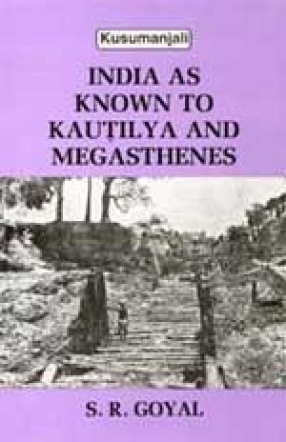
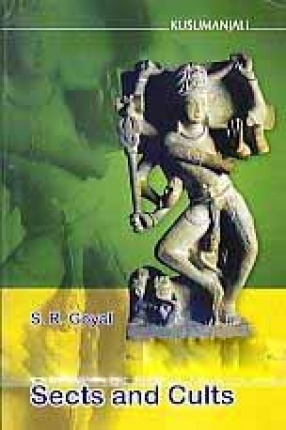
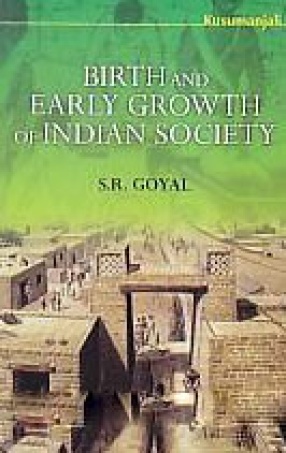

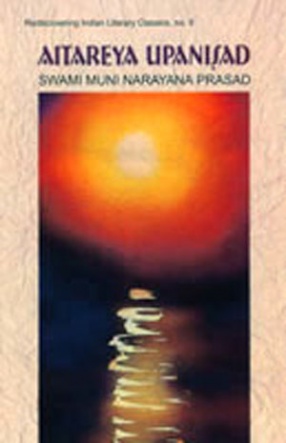
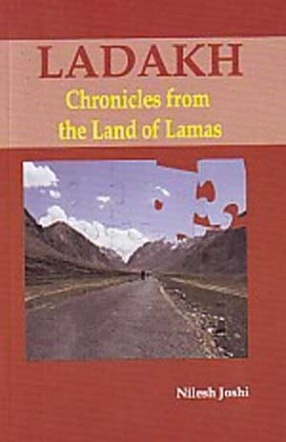
There are no reviews yet.